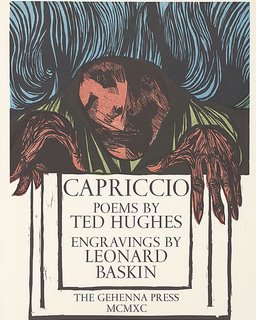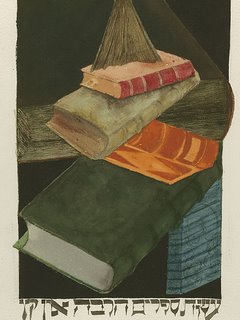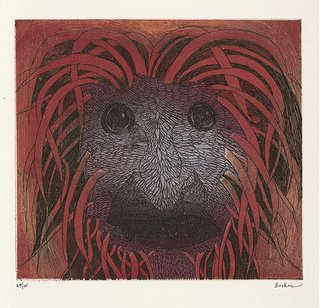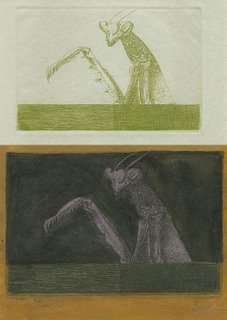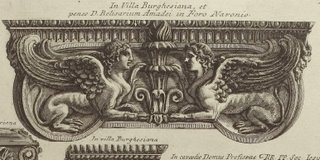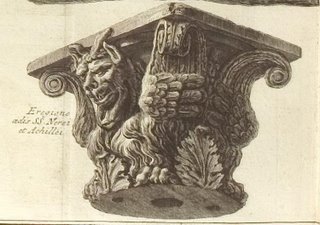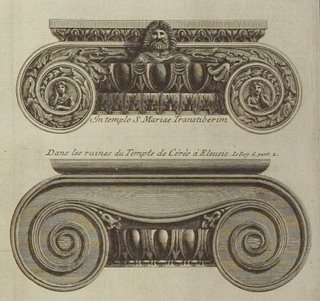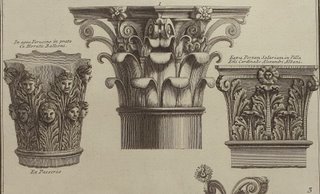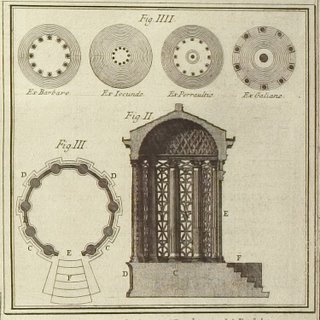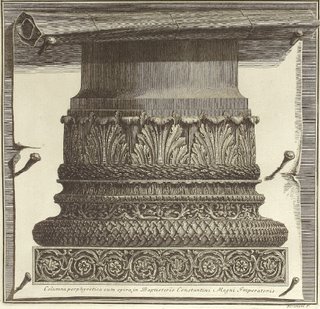











[All images were loaded full size - click for larger versions]
Hieronymous Braunschweig (~1450-1512) was from Strasbourg and was probably a surgeon. Beyond these 'facts' things are a bit vague.
Braunschweig produced a number of books on distillation and the above Distillerbuch from 1551 was an amalgamation of his earlier writings from ~1500. It is an interesting and important body of work. Distillerbuch belongs to a number of subject areas: alchemy, chemistry, botany and pharmacology; and tangentially, medicine. It is another of those pivotal works that marks the transition from the middle ages to modern science.
Braunschweig compiled all the known information about the processes of distillation from his age - the methods for plant extraction and purification, distilling by filtration, sunlight, in sand and water baths, at varying temperatures and even using ants (a bottle of good wine matured in an anthill for a year would provide a pleasant treatment for rheumatism: I believe there are many 'remedies' throughout the book). A figure of an ant can be seen above; more perplexing or worrying perhaps are the presence of goats, frogs and other critters. My german is non-existent, my middle or high german is even worse. That may be a good thing.
Beyond the fanciful madrigore image at the top, the other illustrations in this 433 page manuscript are relatively true to life. If there are 250 pictures in the book then more than 200 of them are of plants - including the flowering marijuana species (I think) above. Distillerbuch was apparently the leading recipe book for pharmaceutical and home distillation setups for a century or more.
- Braunschweig's Distillerbuch is online in its entirety at Polska Biblioteka Internetowa (click 'Miniaturki' for thumbnail images). There is some sort of session timer in play so occasional error messages came up in separate frames, but it isn't a great annoyance.
- This site gives some overview of distillation as it pertains to Braunschweig (translation - about 6 pages) [original]
- Antiquarian book site summary of Grosses Distillierbuch.
- Summary (and a few images) of Liber de arte Distillandi from the University of Illinois.













